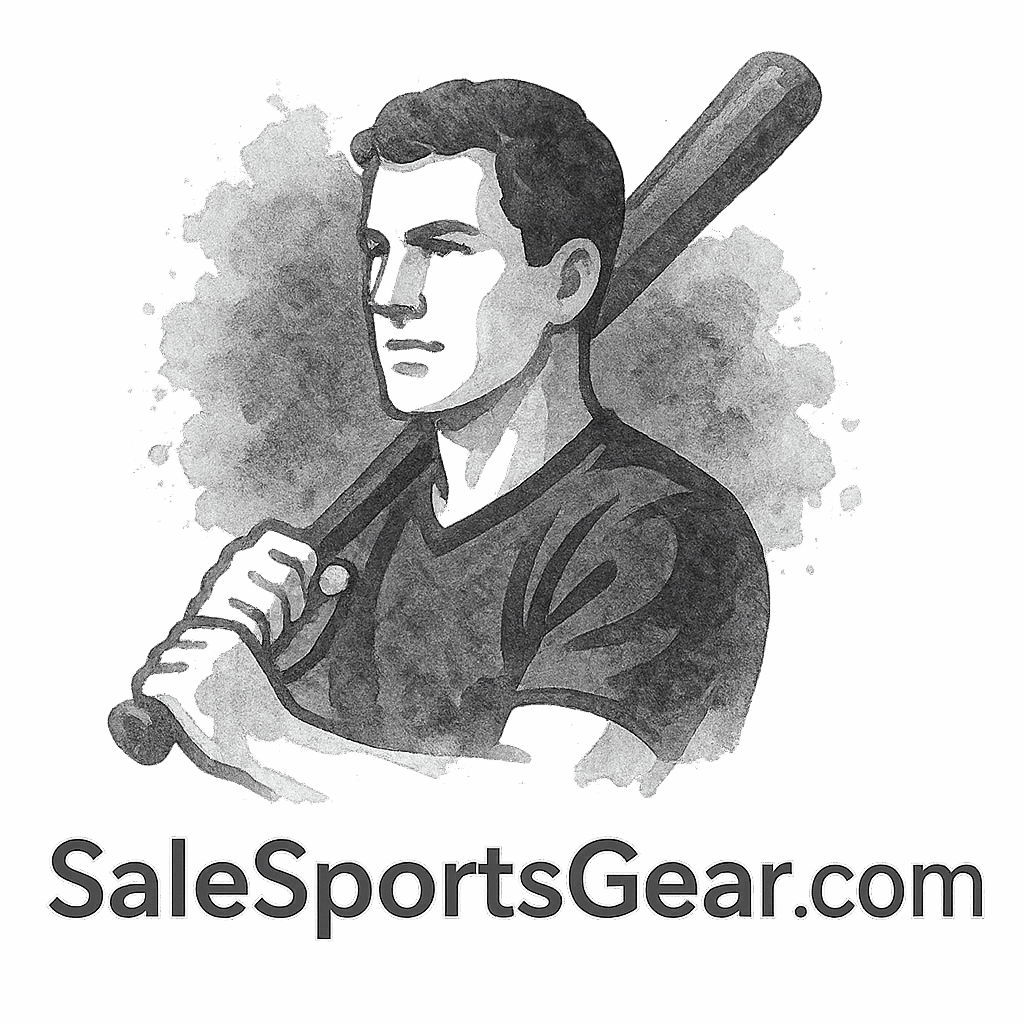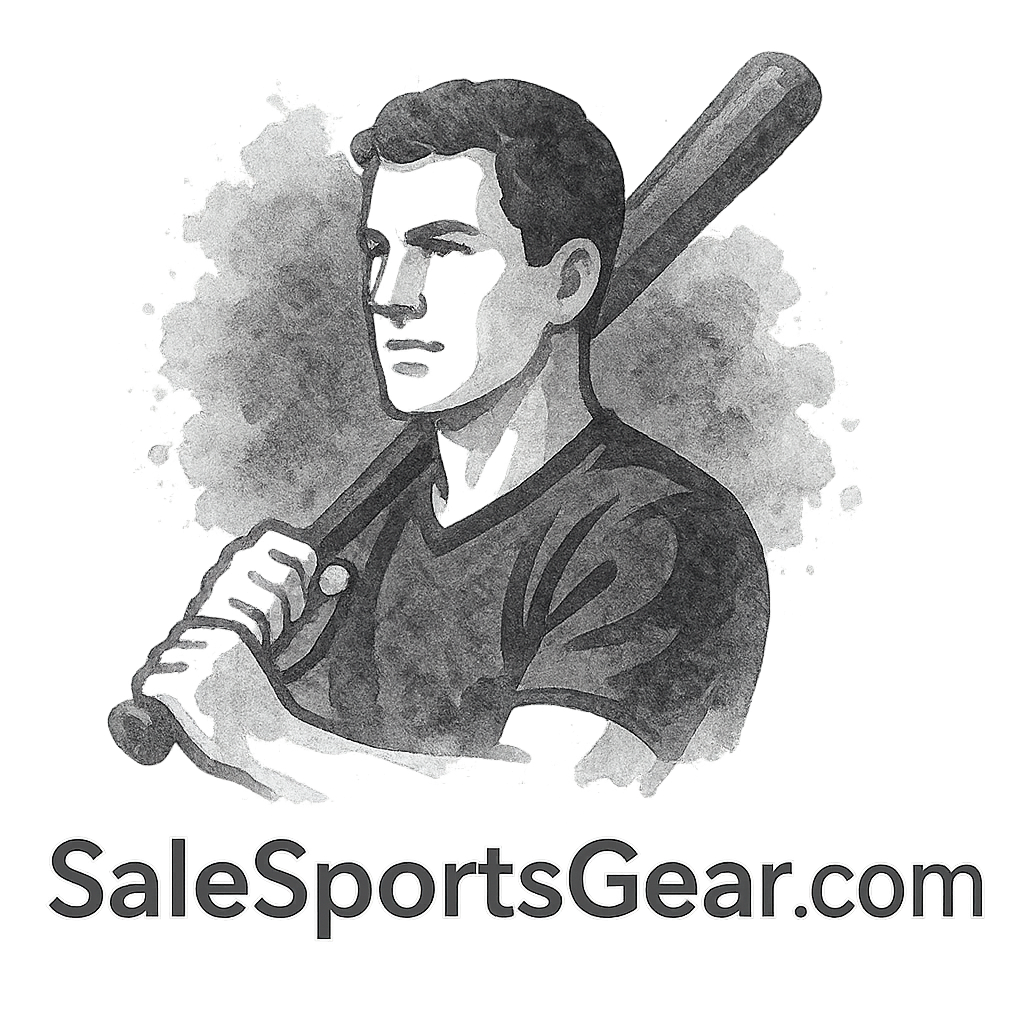Trying a new sport is exciting, but let’s be real—it’s also a little risky. Whether you’re picking up basketball, skiing, or just joining your local soccer league, having the right sports gear makes all the difference. Especially if it’s your first time. That’s why we’ve created this list of 5 injury prevention tips using sports gear for the first time, so you can stay safe while having fun.
Let’s dive into the smart way to play safe!
Why First-Time Users Are More Prone to Injuries
Think back to the first time you tried anything—driving, cooking, maybe even riding a bike. It’s a learning curve, right? Same goes for sports. Beginners are more likely to make form mistakes, misuse gear, or underestimate the physical strain involved.
That’s where injury prevention tips using sports gear come into play. They’re not just helpful—they’re essential.
Understanding the Importance of the Right Sports Gear
Gear Isn’t Just For Pros
You might think sports gear is only for seasoned athletes or competitive players. Nope. Gear serves one main purpose: to protect your body and enhance performance, no matter your skill level.
Performance + Protection = Peace of Mind
Wearing the right gear gives you the confidence to move freely, try new techniques, and learn faster. Without it? You’re setting yourself up for strains, sprains, or worse.
Want a head start? Check out the awesome collection at Salesportsgear.com, your one-stop shop for both beginners and pros.

Tip #1: Start With the Right Gear For Your Sport
Different Sports, Different Needs
Not all sports gear is created equal. A skateboard helmet won’t protect you the same way a hockey helmet does. And cleats for soccer? They’re not ideal for baseball.
Your first injury prevention tip using sports gear is to pick the correct type of gear for your specific sport.
Explore these sport-specific collections:
Avoid Generic One-Size-Fits-All Equipment
If it looks like it fits everyone, it probably fits no one well. Custom-fit gear or adjustable models are far better than one-size options.
Useful Links for Sport-Specific Gear
- For seasonal activities: Seasonal Sports Gear
- For kids and beginners: Sports Gear for Kids
Tip #2: Prioritize Fit and Comfort
Poor Fit = Poor Safety
Imagine wearing shoes two sizes too big while trying to run sprints. You’ll trip before you finish your first lap.
This is the same with ill-fitting helmets, pads, or gloves. They slide, they shift, and they simply don’t protect you as they should.
How to Measure Gear Fit at Home
- Helmets: Should sit snug above your eyebrows, with no wobble when you shake your head.
- Pads: Must cover the joints fully without cutting off circulation.
- Shoes: Leave just enough room for toe movement but ensure ankle support.
Recommended Sections to Explore
Tip #3: Use Protective Accessories Properly
Helmets, Guards, and Pads
Helmets protect your brain. Knee pads save your joints. Mouthguards shield your teeth. These aren’t optional—they’re critical, especially if you’re new.
Wearing them wrong? Might as well not wear them at all.
Avoiding Common Mistakes
- Loose Straps: Make sure all straps are tightened but not suffocating.
- Wrong Layering: Some accessories need to go under clothing, some over.
- Skipping Items: If the sport recommends wrist guards or shin guards, wear them.
Need inspiration? Check out the best-reviewed athlete tools and performance gear.
Tip #4: Don’t Skip Warm-Ups and Cool-Downs
Why Gear Works Best With a Ready Body
You can be decked out in the best gear, but if your muscles are tight and cold? You’re still prone to injuries.
A 5–10 minute warm-up can:
- Increase blood flow
- Boost joint flexibility
- Prepare your mind
Simple Routines You Can Follow
- Pre-game: Jumping jacks, arm circles, leg swings
- Post-game: Light stretching, deep breathing, foam rolling
Tip #5: Maintain and Replace Your Gear
Old Gear = Risky Business
Yes, gear wears out. Padding compresses, fabrics rip, Velcro loses its grip. And old gear doesn’t protect like it once did.
It’s time to retire it when:
- Helmets have cracks
- Shoes lose traction
- Pads feel thin or smell permanently sweaty
When to Replace vs. Repair
Some issues like a frayed strap can be fixed. But if the structural integrity is compromised—don’t risk it.
Browse fresh options in the sports equipment tag section for safe replacements.
Bonus Tip: Invest in Youth-Specific Gear for Young Athletes
Kids aren’t just miniature adults. Their bones, muscles, and coordination need youth-specific sports gear for protection.
Explore our top-rated selections for young athletes:
Conclusion
Starting a new sport should be thrilling—not dangerous. With these 5 injury prevention tips using sports gear for the first time, you’re setting yourself up for safety, fun, and success. Remember: the gear is only as good as how you use it.
When in doubt? Head over to Salesportsgear.com for expert-curated selections, guides, and support.
FAQs
1. What’s the most important gear for injury prevention?
It depends on the sport, but helmets, proper shoes, and padding are universally essential.
2. Can I use the same gear for multiple sports?
Only if it’s designed for multi-sport use. Otherwise, gear should be sport-specific to maximize safety.
3. How often should I replace my sports gear?
Check gear every season. Replace if it’s cracked, torn, or no longer fits right.
4. Is expensive gear always better?
Not always. Focus on fit, protection, and reviews. Plenty of affordable options perform well.
5. Should kids wear the same gear as adults?
No! Kids need youth-sized, age-appropriate gear designed for their bodies and skill levels.
6. Where can I buy trusted beginner sports gear online?
Check out Salesportsgear.com for beginner-friendly, sport-specific, and youth-safe gear.
7. What happens if I don’t warm up before playing?
You risk strains, sprains, and even long-term injuries. A warm-up takes 10 minutes and can prevent months of recovery.

